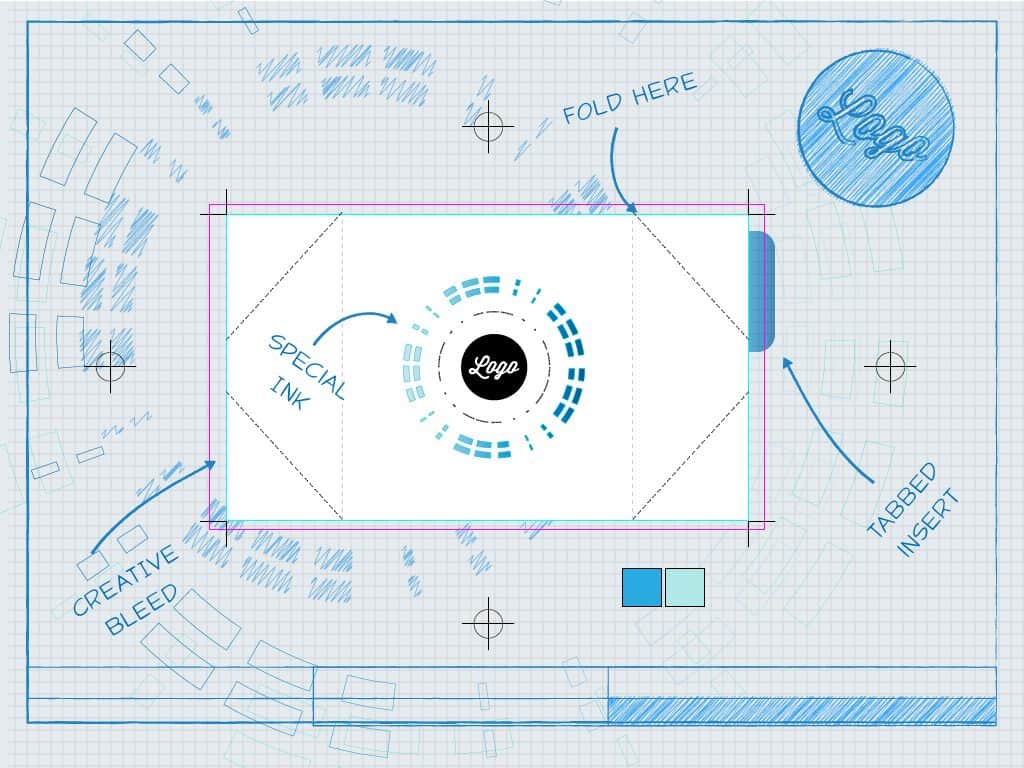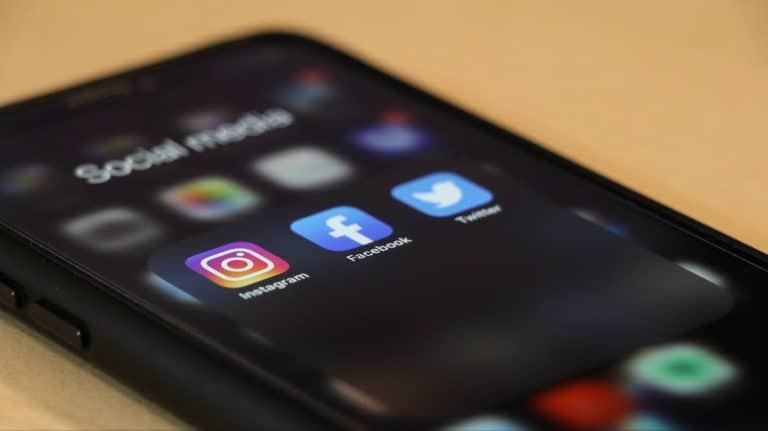I distinctly remember my very first business card. I was a summer student at a not-for-profit and my very first task was to make and print my own business cards. They were printed on the office desktop printer on perforated business card paper. I remember tearing each one off into a neat little stack. I was proud. The finished product was paper-thin and when you ran your hand down the edge you could see and feel the perforations. What a first impression that must have made.
Fast forward 10 years and I know a heck of a lot more about making a great impression with a business card.
Please don’t make my mistake and cheap out on the paper. Your brand matters to people and often the first impressions are based on things like your business card. Would you sign a $10,000 contract with someone who has a paper-thin business card?
Once you have a stellar design that represents your brand and has all of your important contact information you need to get those cards printed. Here’s a breakdown of the different printing options you have and what the different options say about you and your business.
Paper Thickness
The standard option with most local and online printers is 13pt but we recommend you go with at least a 14pt or even 16pt thickness. The price difference is generally minimal for the added thickness and makes a big difference when handling.
Rounded vs. Square Corners
Google rounded vs. square corners and you will find some pretty heated debates on the topic. People feel very passionately about business card edges. In general, square corners are more professional and classic, rounded corners are a little bit more funky and trendy. But to me what it really comes down to is will it look good with the design of the business card.
Matte, Semi-Gloss, Glossy, UV Coating etc. etc. etc.
The options seem to be endless when it comes to choosing the coating on your card, here’s a quick breakdown of what’s what.
- Semi-gloss – This is usually the standard option – no extra charges. Good for pictures but it’s hard to write on which is a big negative for businesses that use cards for writing appointment times.
- Glossy – Thicker and shinier version of the semi-gloss. You can’t write on this finish at all, but is a great option if you have photos on your card. It produces a bright gloss finish that enriches and deepens the look of full colour cards. Be aware that there will be an upcharge for this option.
- Matte / Silk Lamination – Matte laminated business cards produce a soft, silky, smooth finish. They are not shiny (obviously) and more durable plus you can write on them. There is generally no extra charge (or a very small upcharge) for this option.
- Recycled – Same as matte just made from recycled paper. This is a great option for environmentally responsible organizations but is usually quite a bit pricier.
- Spot UV Coating – Want your card to stand out in a subtle way? This might be a good option. Spot UV coats just a small part of your card, maybe the logo or a certain word, and makes it glossy which will contrast with the matte look of the rest of the card. You will pay more for this option but it’s worth it to stand out from the pack.
Getting Business Card Crazy
Really want to stand out? Here are just some of the options:
- Plastic business cards. These are the same size and thickness as standard business cards but a heck of a lot sturdier and really memorable.
- Folded cards, the size of two standard cards (folded in half). You double the white space so you can really do something unique here.
- If money is no object the possibilities are really endless. Cutouts, pop-ups, distinctive shapes, cut out of metal, and yes, you can even have your card printed on beef jerky.
Be original, there are a lot of business cards out there and if you want to create a memorable impression of your brand a creative business card is an awesome way to do this.




